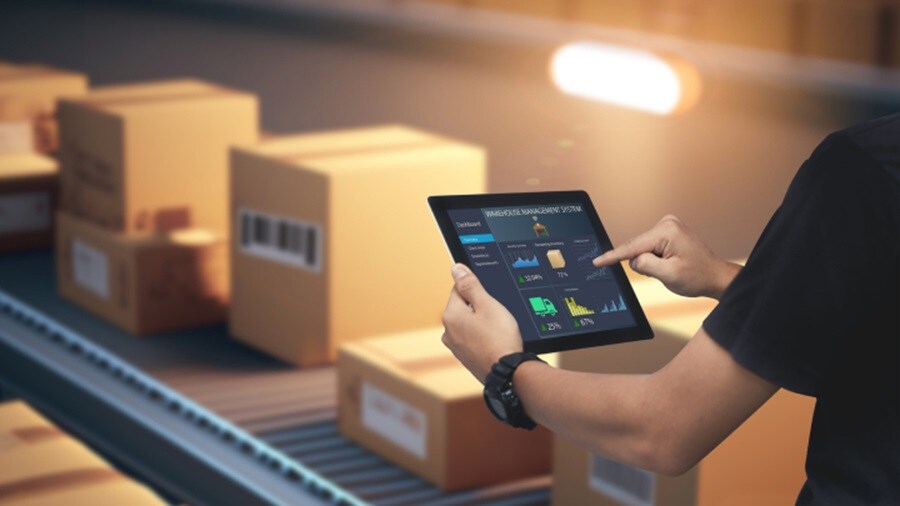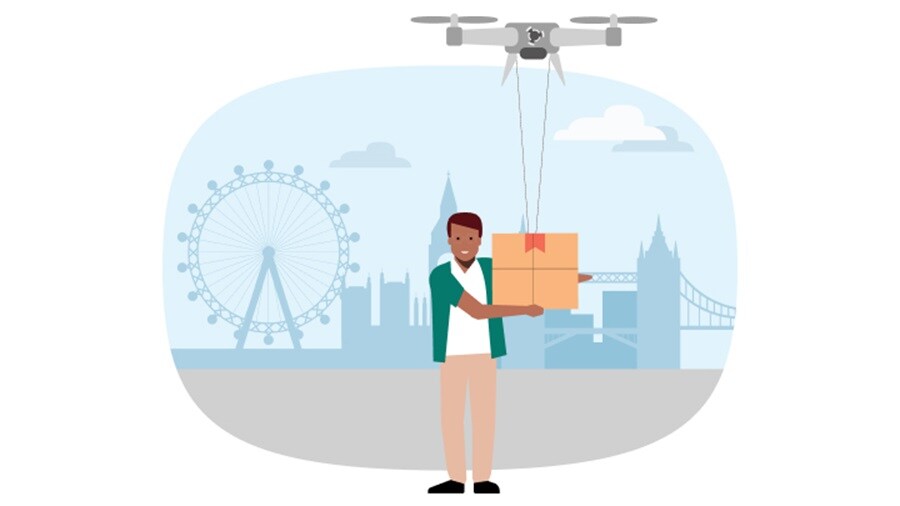Successful e-commerce logistics is all about planning ahead. But with the increase in global ‘black swan’ events — environmental, societal, financial and more — even the world’s best clairvoyant would struggle to predict what ‘good’ will look like for supply chains in five years.
However, there are numerous steps e-commerce retailers can take to help future-proof their supply chains and protect themselves from any unwelcome surprises.
Importance of accurate forecasting
One such measure is effective demand forecasting. The more accurately you can assess what needs to be where and when, the easier it’ll be to manage your supply chain efficiently.
Poor forecasting can be costly. Nearly 60% of global merchants report lost sales from products being out of stock due to sudden changes in demand. Alongside that, damage to reputation that 23% report is even harder to repair.

Benefits of digitisation
Digitising logistics and introducing the latest AI and data analytics technologies will give you the insight to put your inventory where it’s best placed to meet demand. There are other benefits too. The latest industry data shows that, in brands that are already using AI within their supply chain, 61% of executives have noticed reduced costs and 53% reported increased revenues.
As soon as you integrate the data across the different parts of your e-commerce supply chain, you can provide powerful insights to enable your people to make better decisions faster.
With this added visibility, you’ll no longer need to keep such high levels of inventory in storage, reducing the amount of capital tied up in stock.
The cost of digitisation can lead some businesses to delay supply chain digitisation, but now is the time to play the long game. Increasing digitalisation and automation will lead to a 47% drop in costs for the global transportation logistics industry by 2030, according to PwC.

Future-proof your workforce too
Having data analytics capabilities is a big step forward, but you’ll also need to future-proof your workforce. Your employees may not currently have the experience or the skillsets needed to make the most of the new digital technologies.
As you digitise your business and introduce tools like predictive analytics, you’ll need to retrain your logistics professionals to understand the information generated and how to action it most effectively.
The practical steps outlined in this article might seem daunting or too expensive. However, at Maersk, our integrated logistics offerings and carrier-agnostic logistics capabilities are already set up and ready to use, which makes the transition smoother and more manageable. If you’re ready to talk about taking these steps, click here, and one of our experts will call you.
Anything you need, we’re here to help
I agree to receive logistics related news and marketing updates by email, phone, messaging services (e.g. WhatsApp) and other digital platforms, including but not limited to social media (e.g., LinkedIn) from A. P. Moller-Maersk and its affiliated companies (see latest company overview). I understand that I can opt out of such Maersk communications at any time by clicking the unsubscribe link. To see how we use your personal data, please read our Privacy Notification.
By completing this form, you confirm that you agree to the use of your personal data by Maersk as described in our Privacy Notification.
